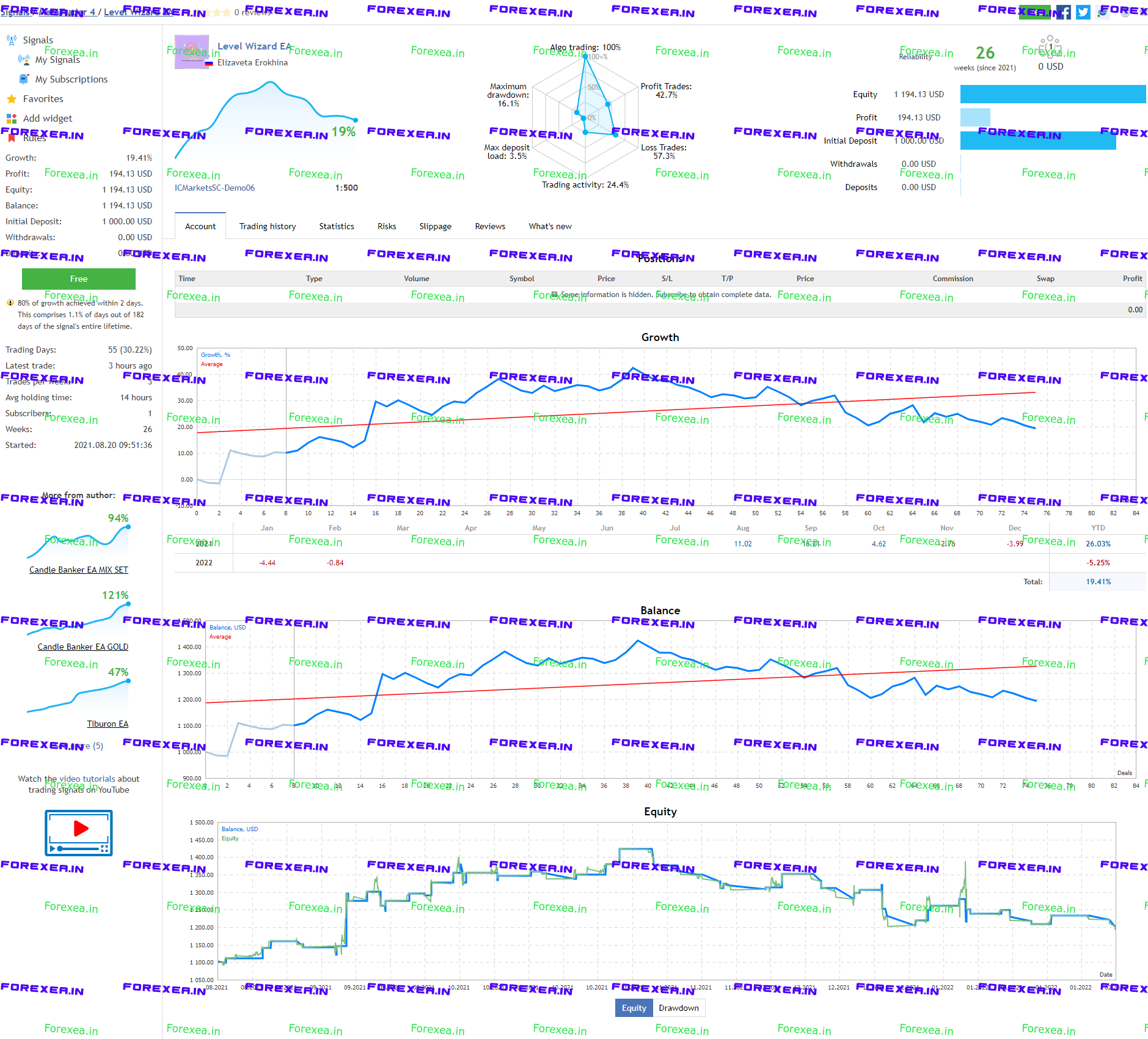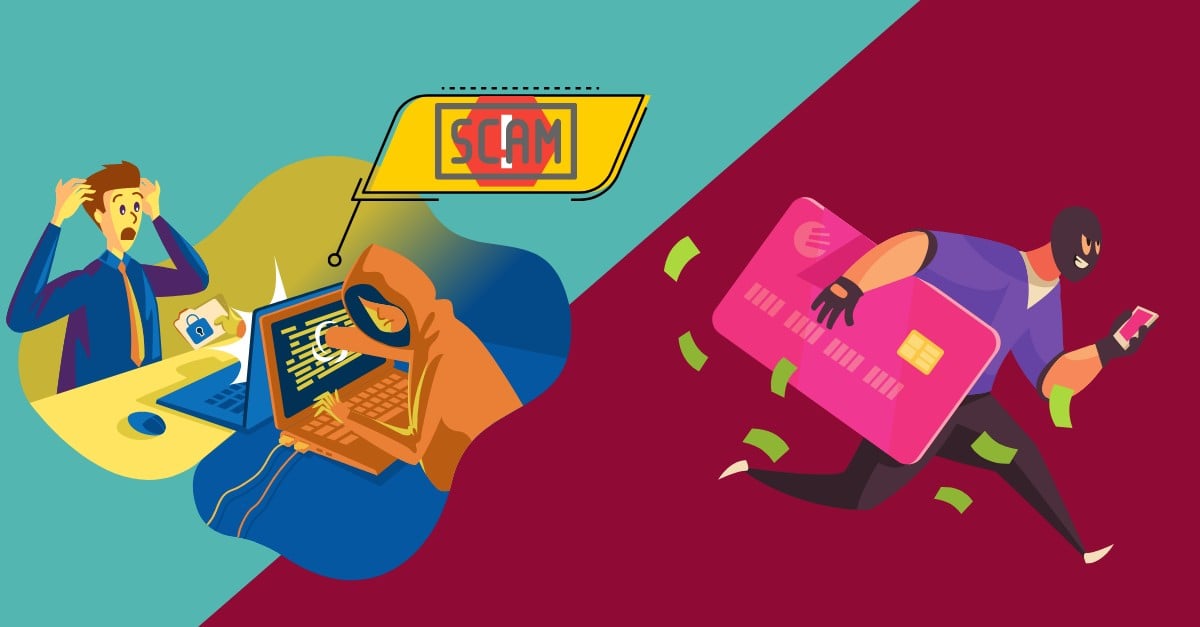Image: mavink.com
Introduction
In the realm of international travel, forex cards have emerged as a convenient tool for managing finances abroad. However, beneath their facade of ease lies a hidden cost that can significantly impact your budget: cross-currency charges. These fees, often overlooked or misunderstood, can silently deplete your funds, leaving you with unintended expenses. This comprehensive guide will expose the truth about cross-currency charges, empowering you to make informed decisions and optimize your forex card usage.
Understanding Cross-Currency Charges
Cross-currency charges occur whenever you use your forex card to make a transaction in a currency different from the one loaded onto the card. This happens when you withdraw cash from an ATM, make purchases in a foreign store, or pay for online services billed in another currency. The foreign exchange provider or bank that processes these transactions typically imposes a fee for converting your card’s currency into the currency of the transaction.
Types of Cross-Currency Charges
There are two primary types of cross-currency charges:
-
Flat Fee: A fixed charge is applied per transaction, regardless of the amount.
-
Percentage Fee: A percentage of the transaction amount is charged as the cross-currency fee. This fee typically ranges from 1% to 5%.
Impact of Cross-Currency Charges
The impact of cross-currency charges can be substantial, especially when using your forex card frequently or making large withdrawals. For example, if your card is loaded with USD and you withdraw €500 from an ATM in Europe, a 3% cross-currency fee would cost you €15. Over the course of a week-long trip, these charges can add up to a significant sum.
Factors Influencing Cross-Currency Charges
Several factors influence the amount of cross-currency charges you pay:
-
Type of Forex Card: Some forex cards may have lower cross-currency charges than others.
-
Base Currency: The currency loaded onto your forex card affects the cross-currency charge for each transaction.
-
Transaction Amount: Larger transaction amounts usually result in higher cross-currency charges.
-
Bank or Foreign Exchange Provider: The financial institution processing your transaction sets the cross-currency fee.
Minimizing Cross-Currency Charges
To reduce the impact of cross-currency charges, consider the following tips:
-
Choose a Forex Card with Low Fees: Select a forex card provider that offers low cross-currency charges.
-
Load the Card with the Appropriate Currency: If possible, load your forex card with the currency of the country you’re visiting to avoid cross-currency conversions.
-
Use Your Debit/Credit Card Instead: For small purchases, consider using your regular debit or credit card, as they may have lower cross-currency fees than forex cards.
-
Track Your Spending: Keep a record of your transactions to monitor cross-currency charges and identify areas for savings.
Conclusion
Cross-currency charges can be a significant expense when using a forex card abroad. By understanding the nature of these charges, their impact, and the factors that influence them, you can make informed choices to minimize their financial impact and maximize the benefits of your forex card. Remember, knowledge is power, especially when it comes to managing your finances while traveling. Arm yourself with this newfound understanding and embrace the joys of international travel without the hidden costs of cross-currency charges.

Image: forexboxmethod.blogspot.com
Cross Currency Charges In Forex Card






